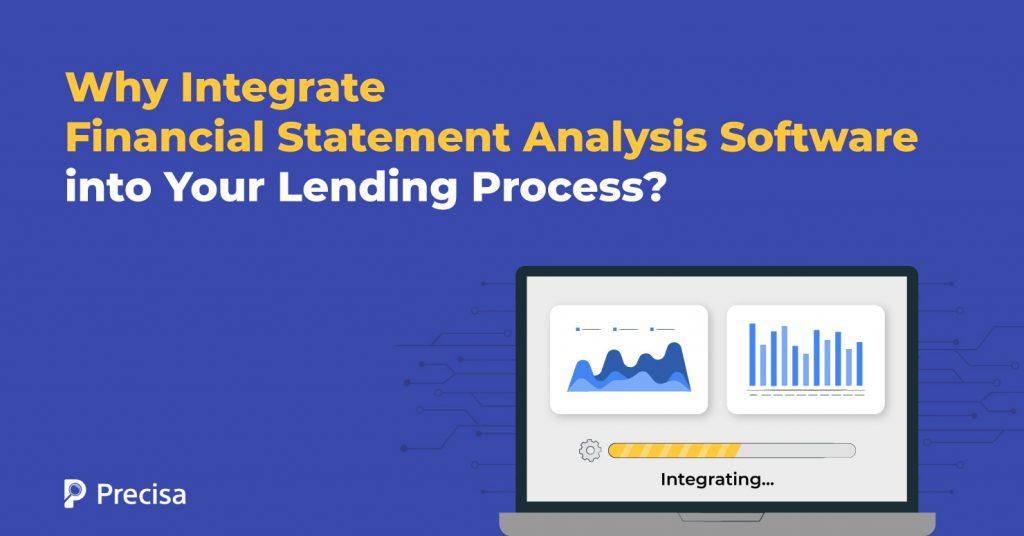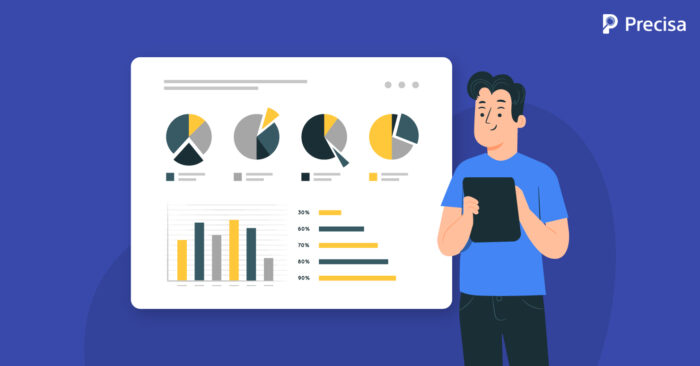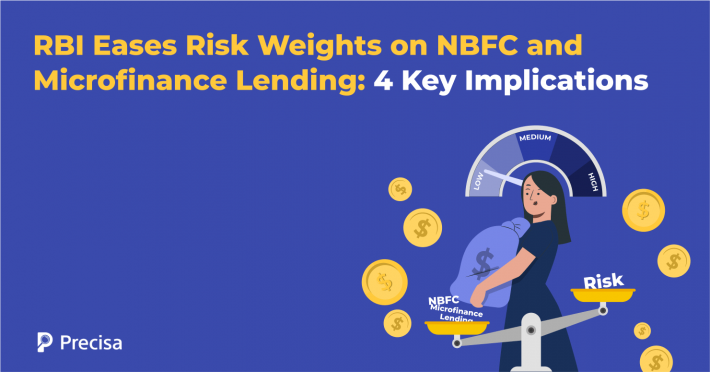Why Integrate Financial Statement Analysis Software into Your Lending Process?

Are you tired of spending hours poring over financial statements only to miss critical insights? Many lenders often face the same struggle, leading to wasted time and potential losses.
Without the right tools, analysing financial data can feel like finding a needle in a haystack.
However, integrating financial statement analysis software into your lending process can streamline your operations and provide clearer insights.
According to studies, automated financial analysis software tools can reduce the time spent on data gathering and reconciliation—reducing the cycle time by 99% while reducing the cost by 80%.
This article will guide you through the benefits and practical steps to effectively use this software and maximise efficiency in your lending process.
Why Lenders Need Financial Statement Analysis Software
Financial statement analysis software helps you evaluate a company’s financial health by examining diverse data points, such as its income statement, balance sheet, and cash flow statement.
Moreover, it automates calculations, identifies trends, and presents data in easy-to-understand formats. With this software, you can quickly assess a borrower’s creditworthiness and make informed lending decisions.
Here are a few reasons why using financial statement analysis software is crucial:
- Time-Saving: Manually analysing financial statements is time-consuming. The software automates these processes, allowing you to focus on more critical tasks.
- Accuracy: Human error is common when analysing complex financial data. Financial statement analysis software reduces this risk by performing accurate calculations.
- Better Insights: With advanced analytics, the software can highlight trends and anomalies in financial data, helping you spot potential issues or opportunities that you might otherwise overlook.
- Improved Reporting: The software can generate comprehensive reports quickly, making it easier to communicate findings to stakeholders or clients.
Financial Statement Analysis Software: Key Features

When choosing a financial statement analysis tool, consider the following features:
1. Automated Ratio Analysis
Financial ratios provide valuable insights into a company’s performance. The right software can automatically calculate key ratios, such as liquidity ratios, profitability ratios, and leverage ratios.
2. Trend Analysis
Understanding financial trends over time is crucial for making informed lending decisions. Financial statement analysis software can display historical data in graphs or charts, allowing you to identify patterns and changes in a borrower’s financial health.
3. Benchmarking Capabilities
Many software solutions offer benchmarking tools that compare a borrower’s financial performance against industry standards. This helps you evaluate whether a business is performing well relative to its peers, providing more context for your lending decisions.
4. Customisable Reporting
Different stakeholders may require different types of reports. Look for software that allows you to customise reports based on your needs.
5. Integration with Other Systems
The ability to integrate with other financial tools is paramount. Whether you use accounting software, customer relationship management (CRM) tools, or loan management systems, seamless integration with the existing tech stack can create a unified workflow, reducing the chances of data entry errors.
Steps to Integrate Financial Statement Analysis Software
Integrating the statement analysis tool into your lending process can be overwhelming. Follow these simple steps to get started:
Step 1: Assess Your Needs
Before choosing a software solution, evaluate your specific needs. Consider the types of financial statements you analyse, the size of your lending portfolio, and your team’s technical capabilities. This will help you find a solution that perfectly fits your workflow.
Step 2: Research Software Options
Once you know what you need, start researching different financial statement analysis software options. Look for user reviews, compare features, and request demos.
A trial period can help you assess the software’s usability and effectiveness.
Step 3: Train Your Team
Implementing new software requires training. Ensure your team understands how to use the statement analysis tool effectively. Consider hosting training sessions or providing access to online tutorials.
Step 4: Monitor and Adjust
After integration, keep an eye on how the software performs. Are there areas where it excels? Are there aspects that need tweaking?
Regularly soliciting feedback from your team can help you make necessary adjustments for optimal use.
Financial Statement Analysis Software Integration: Overcoming Common Challenges
While integrating financial statement analysis software can significantly improve your lending process, some particular challenges may arise.
Here’s how you can promptly address them:
1. Resistance to Change
Adopting a swift change in the usual workflow can be difficult. To combat this, emphasise the benefits of the software, such as time savings and improved accuracy.
Highlighting success stories from other users can also motivate your team to embrace the change.
2. Technical Difficulties
Technical issues can occur during integration. Ensure you have access to customer support from the software provider. A responsive support team can help troubleshoot problems quickly, minimising disruptions to your workflow.
3. Data Security Concerns
Lenders deal with sensitive financial data. When choosing financial statement analysis software, you must prioritise security features.
Look for software that complies with industry regulations and offers data encryption. Ensuring data security builds trust with your clients.
4. Measuring Success
Once you’ve integrated the statement analysis tool, measure its impact on your lending process. Track key performance indicators (KPIs) such as the time taken for analysis, the accuracy of lending decisions, and the volume of loans processed.
This data can demonstrate the software’s effectiveness and justify your investment.
Final Note
Increasingly, lenders are seeking automation to boost productivity. Manually reviewing thousands of bank statements daily is impractical, so you need a way to quickly identify and locate the necessary information.
Integrating financial statement analysis software into your lending process can transform how you analyse financial data. By automating calculations, enhancing reporting, and providing valuable insights, this software helps you make more informed lending decisions.
The Bank Statement Analysis tool from the cloud-based analytics platform Precisa is a tool designed to provide deep insights by analysing uploaded bank statements. It supports more than 450 Banks and 1000 formats.
Here’s how the tool can help:
- Data Extraction: The tool extracts data from bank statements and organises it into meaningful categories.
- Transaction Classification: It classifies and categorises various transactions, making it easier for users to understand their financial activities.
- Fraud Detection: The analyser detects fraudulent transactions and other anomalies, enhancing security and trust.
- Creditworthiness Scoring: It assigns an overall creditworthiness score, known as the Precisa score, which helps assess financial health.
Schedule a demo today to learn more!



